A seemingly harmless Leica M3 sold for $53,000.00
Earlier today an auction ended where a Leica M3 camera estimated by Auctionet.com in Sweden to sell for $817.00 ended being sold for 65 times the price. With an ending price of $52,715.96 the dream came through for the seller who thought he had a nomal camera for sale, as well as for a collector who found a rare overlooked piece of Leica equipment.
What looks harmless to most people is this Leica M3 from 1951 with an original leather case. However, if you look close, the item not described in the auction, is the real gem: Partly hidden by the lens shade is a black 50mm Sumicron-M Rigid lens on the camera. This changes everything.
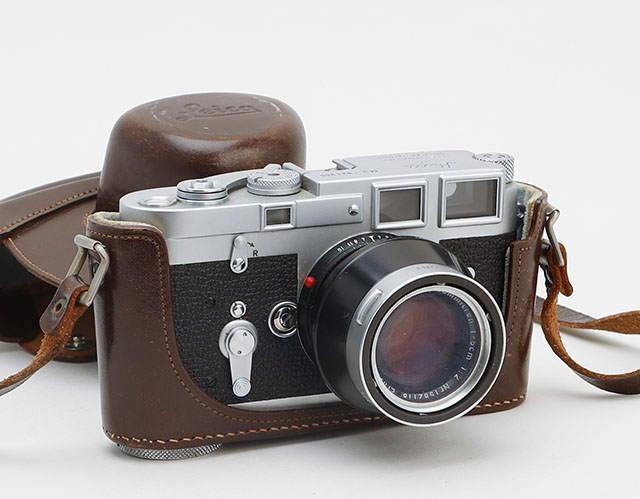
The camera is worth somewhat $1,700 on eBay, the lens shade about $250, and the lens - because it is black and not silver -
is worth a lot.
Well hidden by the original lens shade (worth $250.00) sits a $40,000 lens. It could be worth less if it has fungus or other defects, but it could also be worth more if it is more prestine than the similar black versions, of which there are few. Most of what could be wrong with a lens like this can be fixed with a CLA (Cleaning, Lubracation and Adjustment) at Leica Camera in Germany where they still have one person who can service old lenses like this one.
"Is that really a Black Paint Summicron Rigid?"
I happened to be peaking into emails sent to my brother who followed vintage Scandinavian furniture classics, and I clicked on the Leica M3. Not really intersted, but then I noticed the lens and started bidding.
Others must have done the same, because in the last ten hours of bidding, several bidders were willing to go above and beyond $2,000. I had set a personal limit to "play the lottery" of $3,000 to just in case the lens had fungus and would be worthless ... and knew I would probably would be hit by the "auction fewer" and go as high as $5,000.00. It could be fun newertheless.
But then, in the last ten hours, I could see that three other bidders had bigger budgets to participate in this lottery, and in the last hours bidder "no 19" entered the scene and raised the bidding from $13,000 to $52,715.96 plus auction fee in less than 100 minutes before the closing line.
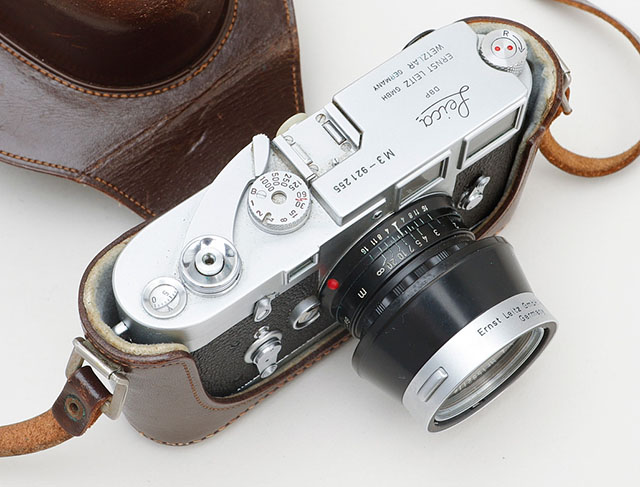
The trained eye recognizes a hidden diamond in this innocent photo from the auction house ... because the lens is black and not silver. The 50mm Summicron-M f/2.0 Rigid in Black Paint no 1582118 from 1958 is the model SOSIC that was made from 1960 to 1968, so this is a very early version. And the reason this camea is worth much more than first thought.
The 50mm Summicron-M f/2.0 Rigid Black Paint (Version II)
I have used the Leitz 50mm Summicron-M f/2.0 "Rigid" many years and have made many excellent photos with this lens. My version is silver, bought from it's original owner, a Danish press photographer who used it for 33 years before I bought his entire kit of camera and three lenses.
Occasionally I have lusted for the black version, which doesn't make much sense. Same lens, different look. I could have gotten one for $22,000 eight years ago, but even then it seemed not very logical. Except the dream lives on ...
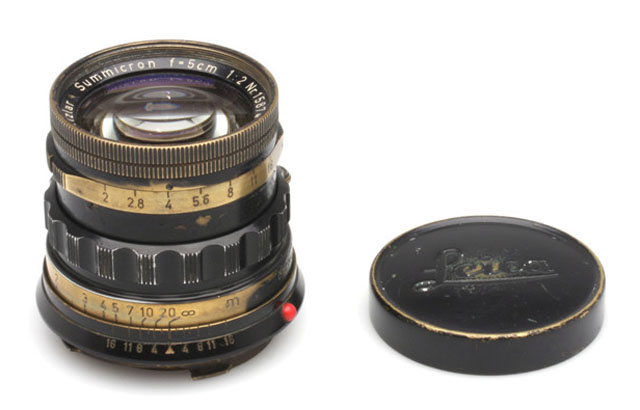
Photografica in Copenhagen had this rare sample for sale for $22,000 of a 1958 Summicron in Black Paint (serial no 1587449).
The "Rigid" is a beautiful lens
The "worlds best 50mm lens" is the Leica 50mm APO-Summicron-M ASPH f/2.0 (2012) which I interviewed Leica's chief lens designer Peter Karbe on. It has all the beautiful qualities of the original "rigid" 50mm Summicron-M f/2.0 from 1958, but the 2012 version has APO, extreme precision in lens mounting, and with lens coatings on the glass. In many ways the same lens, but the 2012 APO-version is the excellent version using all the precision and technology of assembling not available 65 years ago when the "Rigid" version was designed by Dr. Mandler.
Which tell you how great a lens the old one is. Without strong sunlight into the front of the lens, this old gem performs almost as well as "the worlds best 50mm" that today cost $9,095.00 as new.
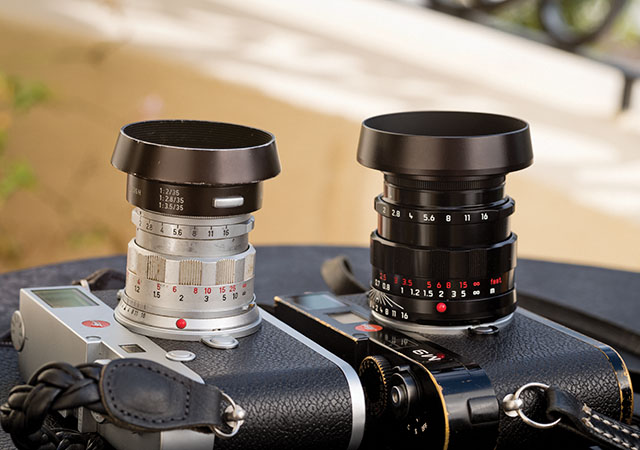
My original 1958-version of the 50mm Rigid next to my 50mm APO (2012 optical design wrapped in the special LHSA black paint version made to look like a 1958-version). © Thorsten Overgaard.
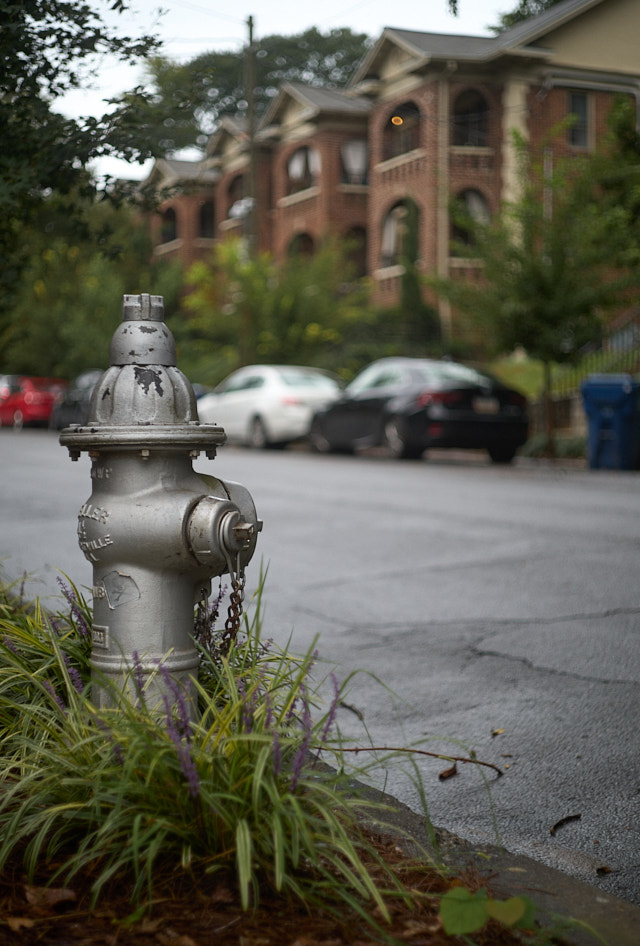
Leica M11 with Leica 50mm Summicron-M f/2.0 Rigid Version II. © Thorsten Overgaard.
Leica in Black Paint sells like never before ...
What has become obvious in camera auctions over the last few years is that anything Leica that is "black paint" is considered extremely valuable. In the Leitz Photographica Auction earlier this year, a Leica M3 with a 50mm Summicron lens in black paint went from estimated 60,000 to $384,000 in a few minutes. A more rare Leica MP with similar 50mm Rigid sold for $960,000 in the same auction.
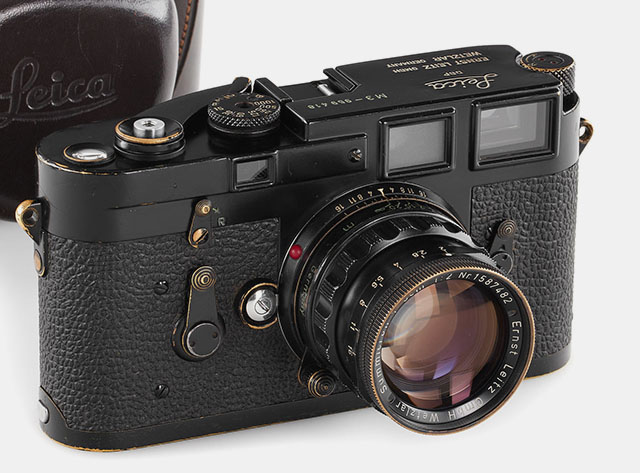
This set of black paint Leica M3 with matching 50mm Rigid lens sold for $384,000 on the auction in 2022.

Then again, in this acution from June 2019, a black paint Leica M3 with a similarly rare Rigid black paint lens sold for only $54,000.00 for the entire set.
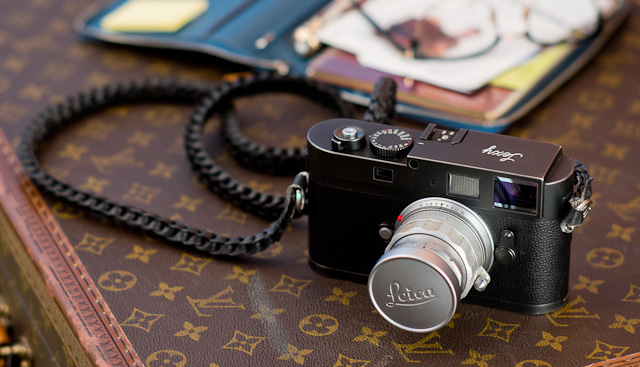
My Leica 50mm Summicron-M f/2.0 II Rigid on the Leica M Monochrom, and with the original lens cap. Beautiful, and usually sells for between $500 and $2,000 depending on codition. The silver version is not a rare lens that collectors search for.
Auction is the way to sell rare things
The sale of this harmless Leica M3 shows that selling on auction is the way to sell old cameras that one doesn't really know the value of. Because once they are seen on auctions, somebody will recognize the real value.
As an example: When a person drove to Peter Coeln in Vienna to ask if some old wooden boxes in the back of his car was worth something, Peter Coeln knew tha amongst the rubble, he was looking at one very rare camera piece: The probably only existing Daguerre-type camera, the first camera ever made. But instead of offering a price, he offered the man to put it on auction. This is a while ago, but the camera was sold for a million Euro in the end (and bought by Peter Coeln who put it in his Westlicht Gallery in Vienna).
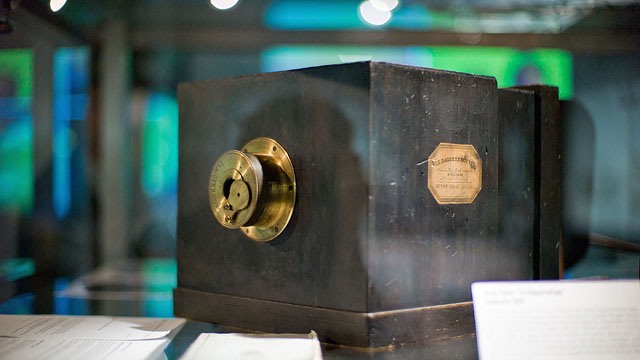
The very first commercially produced Daguerre-type camera from 1839. This is the only existing Daguerre-type camera and is on display in Peter Coeln's Westlicht Gallery in Vienna.
In this case, had the owner known it was a rare lens, he could have sold it for $10,000 and be surprisingly happy. Or maybe for $30,000 and feel like he was the main character in a modern fairly tale. While on acution, it sold for even more than any similar items available are sold for. In other words, the price, when put on auction, is optimized, even when the auction house doesn't know what it is looking at.
Ther could be more to the story, maybe this lens sells for much more in a future auction (if it has a history of having been used by soneone special, or if it is a very early version, etc), but based on all we know now, it's probably reached the fair value for a collector: An early version in very good condition of a rare lens that currently is available for $40,000 elsewhere.
More to come
Bon voyage with it all. Sign up for the newsletter to stay in the know. As always, feel free to email me with suggestions, questions and ideas.
/Thorsten Overgaard
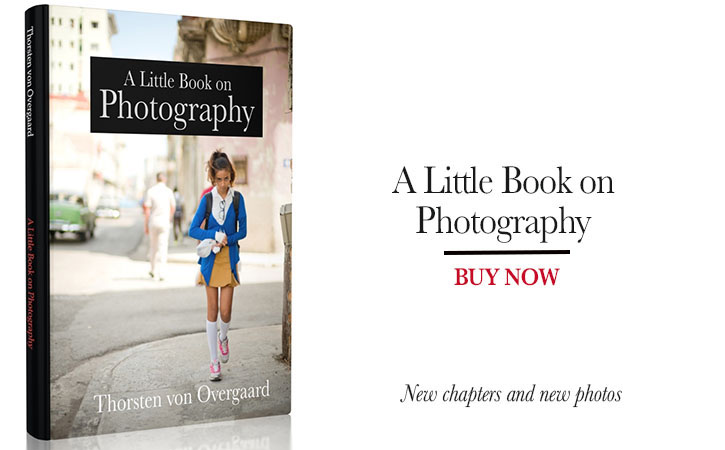
![]()
